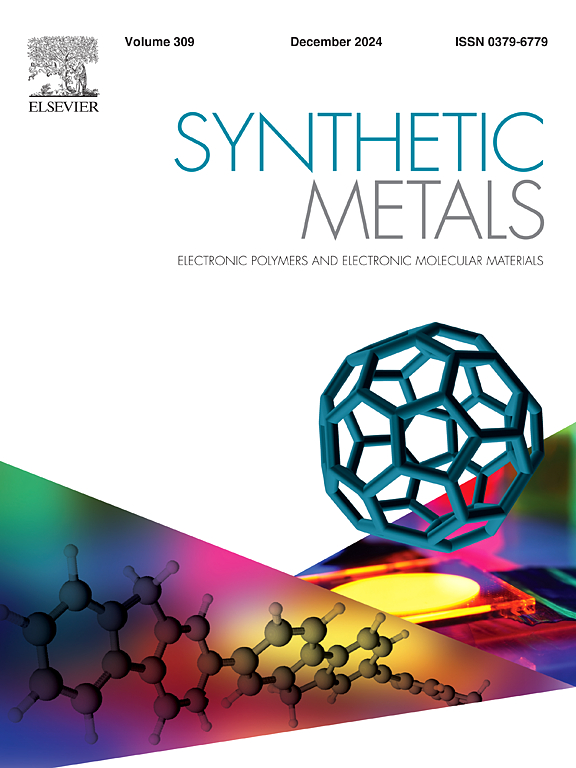碳钢表面电聚合聚苯胺-co-o-甲苯胺膜的抗腐蚀性能评价
IF 4
3区 材料科学
Q2 MATERIALS SCIENCE, MULTIDISCIPLINARY
引用次数: 0
摘要
微生物影响腐蚀(MIC)会导致碳钢的结构弱化和使用寿命缩短,造成严重的经济损失和安全隐患。特别是硫酸盐还原菌(SRB)在生长和代谢过程中产生硫化氢和硫化物,加速碳钢的腐蚀。采用循环伏安法,在草酸、苯胺和邻苯胺组成的电解液中,在碳钢表面沉积了聚苯胺-邻苯胺(PA-co-POT)薄膜。用显微维氏硬度计分析了聚合物薄膜的力学性能。通过电化学腐蚀试验和聚合物膜在含SRB和3.5% % NaCl溶液中的浸泡试验,对聚合物膜的耐蚀性进行了评价。结果表明,PA-co-POT膜的耐SRB腐蚀性能优于单一聚合物膜。在溶液中浸泡14天后,PA-co-POT膜的腐蚀速率为0.0171 mm/年,保护效率为83 %。此外,由于PA-co-POT膜的抗菌性能,细菌在其表面的粘附力明显降低,局部腐蚀也得到有效抑制。该研究证明了电聚合苯胺衍生物共聚物薄膜在防止碳钢MIC方面的潜力,并为新型防腐材料的开发提供了有价值的见解。本文章由计算机程序翻译,如有差异,请以英文原文为准。
Evaluation of the antimicrobial corrosion properties of electropolymerized poly(aniline-co-o-toluidine) films on carbon steel surfaces
Microbiologically influenced corrosion (MIC) can lead to structural weakening and shortened service life of carbon steel, resulting in serious economic losses and safety hazards. In particular, sulfate-reducing bacteria (SRB) produce hydrogen sulfide and sulfide during their growth and metabolism, which accelerates the corrosion of carbon steel. Thin films of poly(aniline-co-o-toluidine) (PA-co-POT) were electrodeposited on the surface of carbon steel using cyclic voltammetry in an electrolyte consisting of oxalic acid, aniline and o-toluidine monomers. The mechanical properties of the polymer films were analyzed by a micro-Vickers hardness tester. The corrosion resistance of the polymer films was evaluated by an electrochemical corrosion test and immersion test of the polymer films in a solution containing SRB and 3.5 % NaCl. The results showed that PA-co-POT films have superior SRB corrosion resistance than single polymer films. The corrosion rate of PA-co-POT film was 0.0171 mm/year, and the protection efficiency was 83 % after 14 days of immersion in solution. In addition, due to the antibacterial properties of the PA-co-POT film, the adhesion of bacteria on its surface is significantly reduced, and local corrosion is also effectively inhibited. This study demonstrates the potential of electropolymerized aniline derivative copolymer films in preventing MIC of carbon steel and provides valuable insights for the development of new corrosion protection materials.
求助全文
通过发布文献求助,成功后即可免费获取论文全文。
去求助
来源期刊

Synthetic Metals
工程技术-材料科学:综合
CiteScore
8.30
自引率
4.50%
发文量
189
审稿时长
33 days
期刊介绍:
This journal is an international medium for the rapid publication of original research papers, short communications and subject reviews dealing with research on and applications of electronic polymers and electronic molecular materials including novel carbon architectures. These functional materials have the properties of metals, semiconductors or magnets and are distinguishable from elemental and alloy/binary metals, semiconductors and magnets.
 求助内容:
求助内容: 应助结果提醒方式:
应助结果提醒方式:


